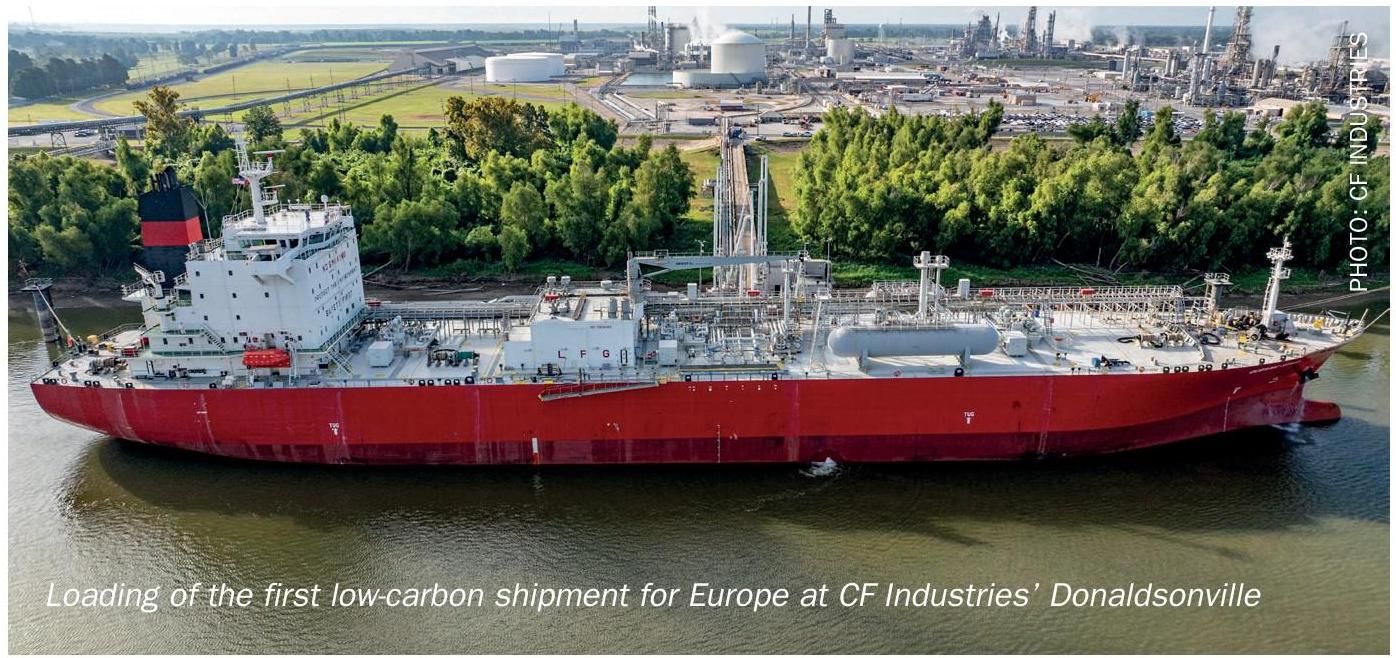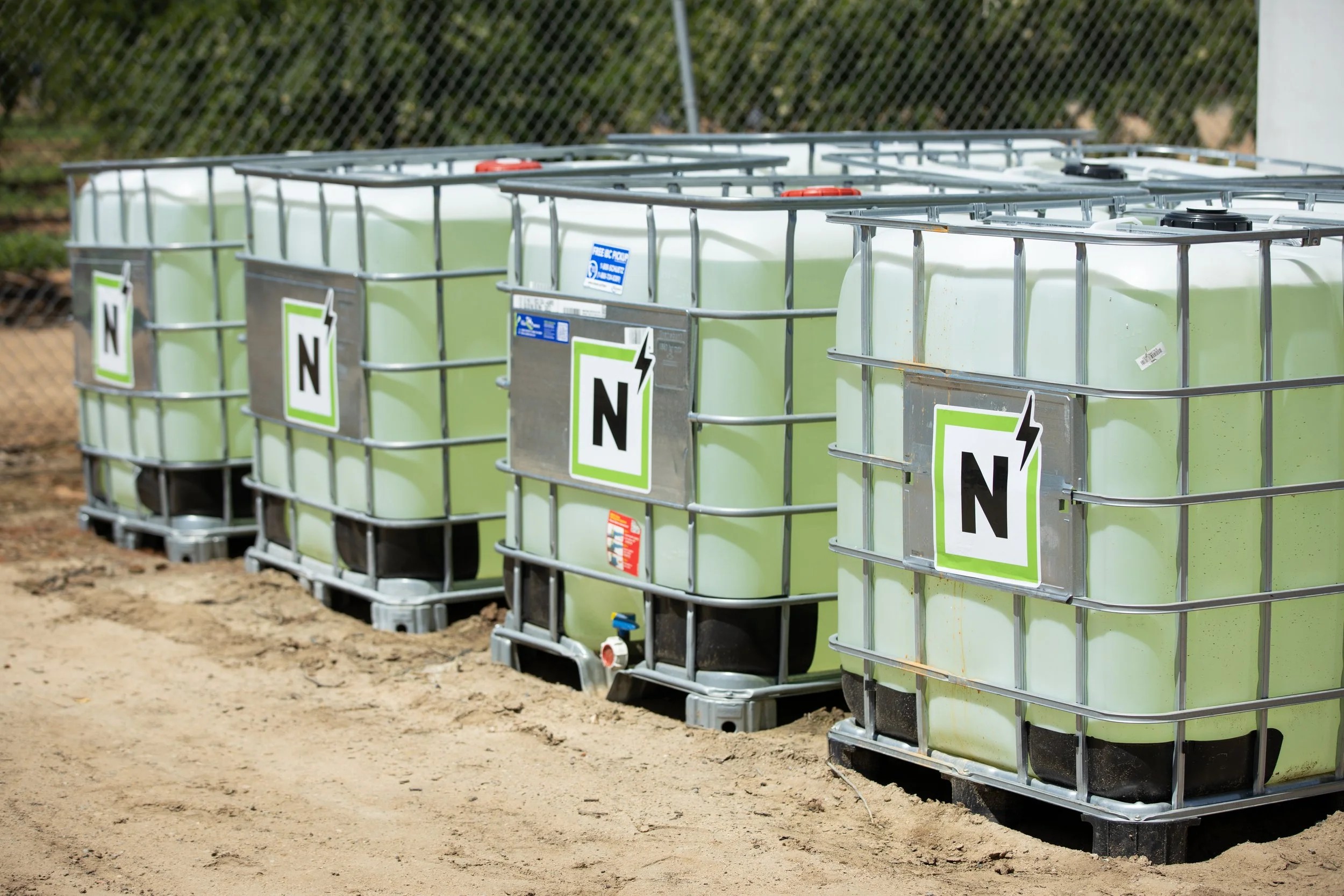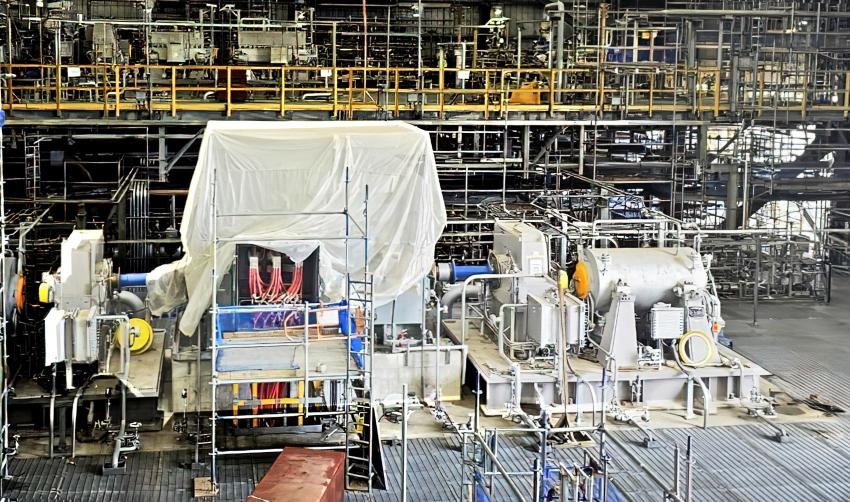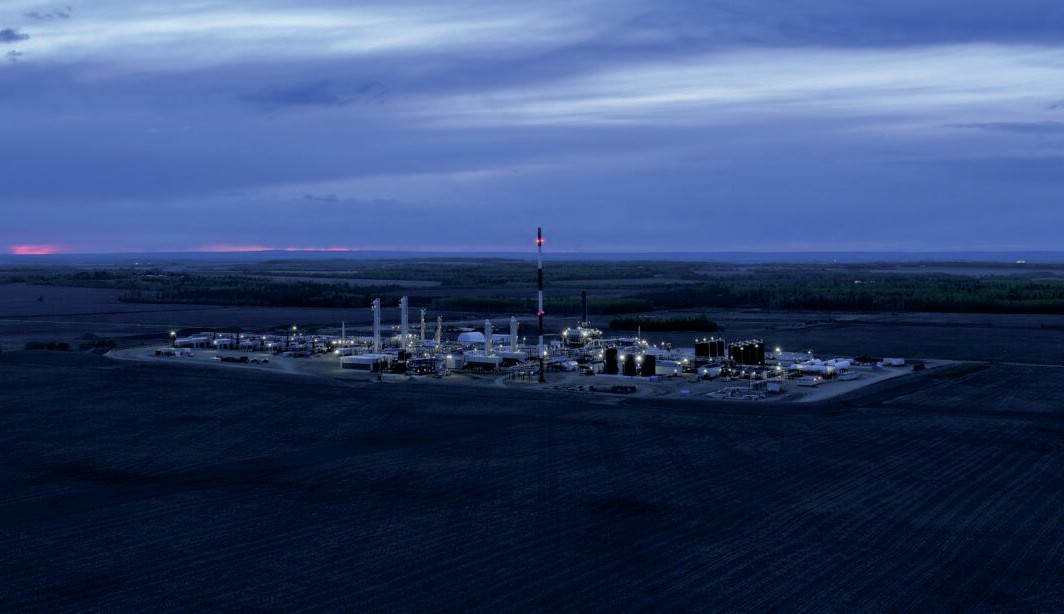Nitrogen+Syngas 393 Jan-Feb 2025

31 January 2025
Tariff uncertainties cloud the picture

Nitrogen+Syngas went to press just a few days before Donald Trump’s swearing-in as the next president of the United States. While it is sometimes difficult to sort the truth from the hyperbole in his public pronouncements, nevertheless, if taken at face value, they would seem to indicate that we may be in for a turbulent four years in commodity markets in particular. While he is an avowed military non-interventionist, on the economic policy side he has emerged as a firm believer in the power of tariffs to alter markets in the favour of the US, and has promised 20% tariffs on all goods entering the US, potentially rising to 25% for Canada and Mexico, and 60% for his particular bugbear, China, sparking a scramble for wholesalers to stock up in the last few weeks of the Biden presidency. Trump previously raised tariffs on Chinese goods entering the US to 20% during his first term, and the Biden administration made no attempt to reverse this, and even added some additional ones, for example 20% on Russian and Moroccan phosphate imports.
It remains uncertain to what extent the president will have the ability to impose all of these tariffs by fiat. Although the president has a wide range of powers at his disposal, some require consultation with Congress – something unlikely to be favoured by the Trump administration – or prior determinations of injury by the US Department of Trade; occasionally a lengthy process. However, lawyers have dug up some more obscure instruments, such as the 1930 Tariff Act, which allows for executive action where a foreign partner has levied an “unreasonable charge, exaction, regulation, or limitation” on US products which is “not equally enforced upon the like articles of every foreign country”; or otherwise discriminated against US goods. There is also a 1977 law called the International Emergency Economic Powers Act (IEEPA) under which the president could declare an ‘economic emergency’ and impose tariffs unilaterally. However, both of these latter would almost certainly be subject to legal challenge in US courts, and much of their impact might turn upon whether a judge suspended or allowed the measures to continue in the interim while a legal determination was made.
“Some increases in some tariffs seem to be inevitable …”
Even so, and even if the threatened measures are intended more as a bargaining chip or opening offer rather than intended to be fully implemented, some increases in some tariffs seem to be inevitable, given that Trump has made them a cornerstone of his economic policy. The question then arises as to what extent reciprocal measures might be put in place. The previous trade war between the US and China, in 2018, ended up spreading into all manner of types of goods worth $100 billion dollars, while the tit-for-tat steel tariffs with the European Union were not rescinded until 2021. Mexico, Canada and China are the three biggest importers of US agricultural goods, and agriculture is among the US’s biggest export engines. The US Department of Agriculture (USDA) estimates 16% of the US corn harvest and 40% of soybeans are exported.
At present, there is too much uncertainty to predict exactly what the effects will be, but there will almost certainly be an impact on both supply and demand in fertilizers both in the US market and globally. CRU’s most recent position paper argues that fertilizer imports into the US will become more expensive and that tariffs will reduce the competitiveness of US agriculture, and that these costs will be passed through to the US farmer. Tariffs will likely take a bite out of US fertilizer demand in the second half of 2025.






